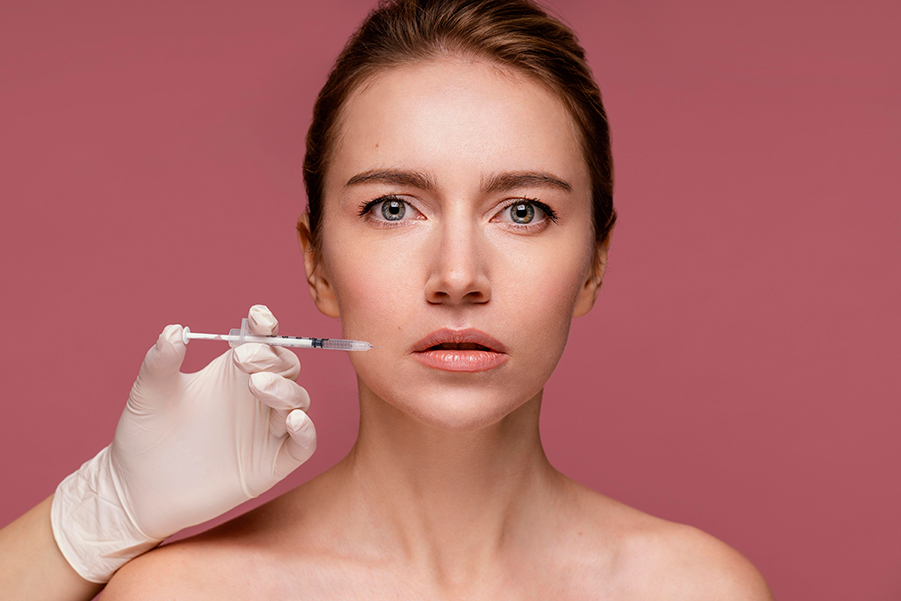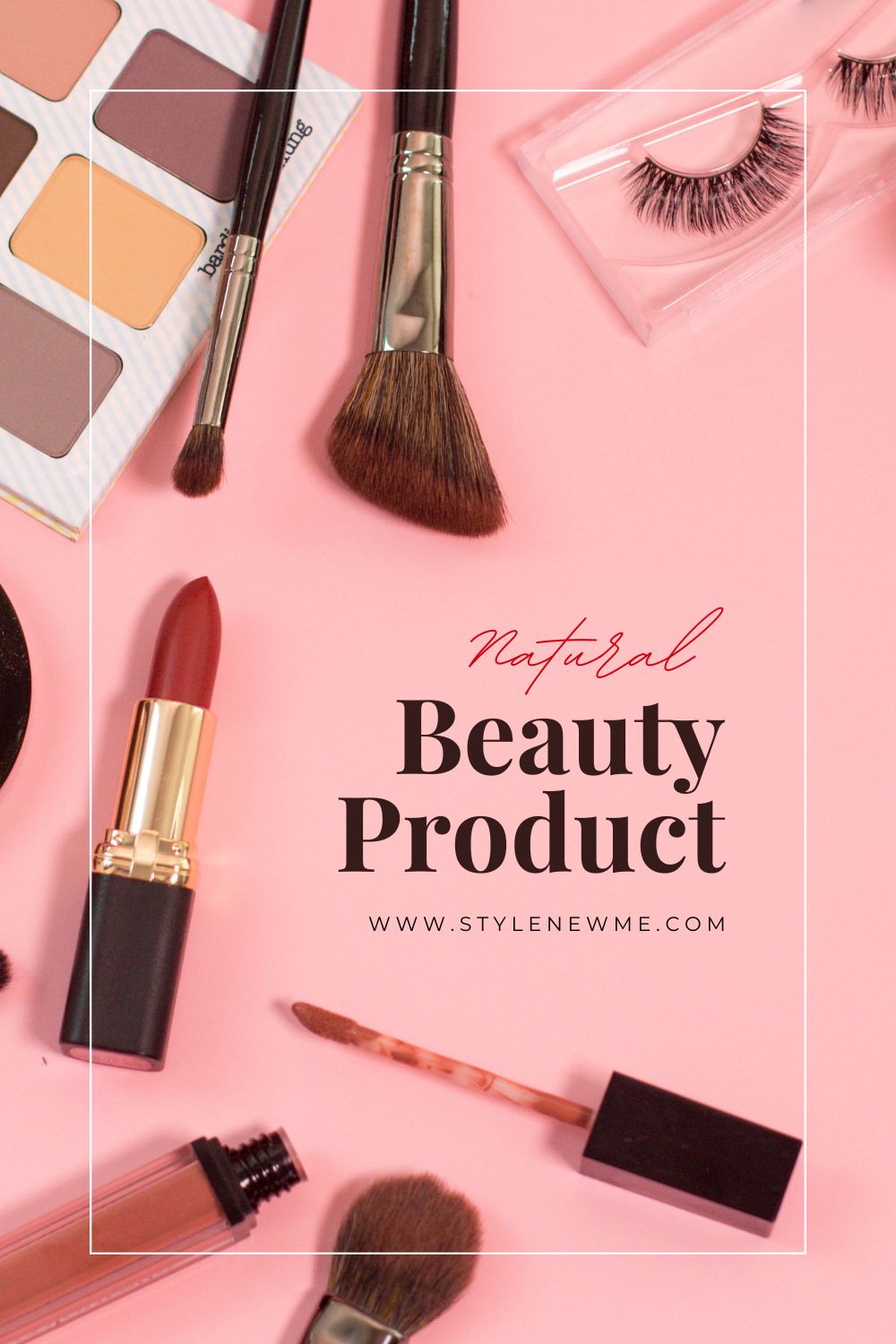As the quest for youthful, radiant skin continues to drive many towards cosmetic treatments, Xeomin and Botox emerge as two prominent choices. Both are popular options for addressing wrinkles and fine lines, but understanding their differences, similarities, and individual benefits is crucial in selecting the right treatment. This article delves into Xeomin and Botox, offering a comprehensive comparison to help you make an informed decision.
Key Takeaways
- Xeomin and Botox are both botulinum toxin injections used for reducing wrinkles.
- They work by temporarily paralyzing muscles to smooth out lines and wrinkles.
- Each has unique features and benefits that may make one more suitable than the other depending on individual needs.
What Are Xeomin and Botox?
Xeomin and Botox are injectable treatments designed to reduce the appearance of wrinkles and fine lines. Both products are derived from botulinum toxin, a neurotoxic protein that, when administered in small, controlled doses, blocks nerve signals to muscles, leading to temporary muscle paralysis. This paralysis smooths out wrinkles and prevents new ones from forming.
Defining Botulinum Toxin
The bacteria Clostridium botulinum produces a protein known as botulinum toxin.. It is known for its potent effects in very small quantities. The toxin works by inhibiting the release of acetylcholine, a neurotransmitter responsible for muscle contraction. This temporary muscle paralysis allows for a reduction in the appearance of dynamic wrinkles—those caused by repeated facial movements such as frowning or squinting.
Xeomin and Botox as Brands
Botox was the first botulinum toxin product approved by the FDA in the late 1980s. It is produced by Allergan and has become synonymous with botulinum toxin treatments. Over the years, Botox has built a strong reputation due to its efficacy and extensive clinical use.
Xeomin, on the other hand, is a newer entrant in the market, produced by Merz Pharmaceuticals. It was approved by the FDA in 2010. While it functions similarly to Botox, Xeomin has a unique formulation. It contains botulinum toxin type A, but unlike Botox, it is free from complexing proteins, which may reduce the risk of developing resistance over time.
Comparing Efficacy and Usage
Both Xeomin and Botox are highly effective for reducing wrinkles and fine lines, but there are some differences in their formulations and how they are used.
Efficacy: Studies show that Xeomin and Botox have comparable efficacy in treating wrinkles. However, individual responses can vary. Some patients may find one product works better for them than the other, often due to the subtle differences in formulation.
Usage: Botox has been used for a longer period, providing a large body of clinical evidence supporting its effectiveness and safety. Xeomin’s relatively newer presence on the market means it has a shorter history, but it has quickly become a reliable alternative.
Treatment Areas and Conditions
Botox and Xeomin can be used to treat similar areas and conditions. Common treatment areas include:
- Forehead lines
- Crow’s feet (lines around the eyes)
- Frown lines (between the eyebrows)
Both treatments can also be used for medical purposes, such as treating chronic migraines, excessive sweating, and certain muscle disorders. The choice between Xeomin and Botox often depends on individual preferences, past experiences, and the specific needs of the patient.
Efficacy for Wrinkles and Fine Lines
Both Xeomin and Botox are effective for addressing wrinkles and fine lines. They work by relaxing the muscles that cause dynamic wrinkles. The results typically become visible within a few days of treatment and can last between 3 to 6 months, depending on the individual and the area treated.
Botox has a long track record of effectiveness, and many patients appreciate its well-documented history. Xeomin, while newer, has shown comparable results in clinical trials and has gained favor for its potential to be less likely to cause resistance due to its lack of complexing proteins.
Medical vs. Aesthetic Purposes
Medical Purposes: Both Botox and Xeomin are used to treat various medical conditions, including chronic migraines, blepharospasm (eyelid twitching), and hyperhidrosis (excessive sweating). Their effectiveness in these areas has been well-documented, and they are often used in conjunction with other therapies.
Aesthetic Purposes: For cosmetic use, Botox and Xeomin are used to reduce the appearance of wrinkles and fine lines. Their ability to improve the appearance of the skin and achieve a more youthful look makes them popular choices for aesthetic enhancement. While both products are effective, personal preferences and treatment history may influence the choice between them.
Common Side Effects
Both Xeomin and Botox are generally well-tolerated, but side effects can occur. Common side effects include:
- Injection site reactions: Redness, swelling, or bruises at the injection site are examples of injection site responses.
- Headache: A mild headache can occur in some patients after the injection.
- Droopy eyelids: Rarely, the toxin can spread beyond the intended area, causing temporary drooping of the eyelids.
Most side effects are mild and temporary, resolving within a few days to weeks. However, serious side effects are rare but possible, including allergic reactions or muscle weakness.
Long-Term Treatment Planning
When considering Xeomin or Botox, long-term planning is essential. Both treatments are temporary and require regular maintenance to sustain results. Typically, injections are repeated every 3 to 6 months, depending on the individual’s response and desired outcomes.
Xeomin may offer an advantage in terms of reducing the risk of developing resistance over time due to its lack of complexing proteins. However, both treatments have been shown to be safe and effective for long-term use, with ongoing studies supporting their efficacy and safety.
In summary, both Xeomin and Botox offer effective solutions for reducing the appearance of fine lines and wrinkles. Botox has a long history of use and established results, while Xeomin provides a purer formula that may minimize the risk of developing resistance. The choice between the two largely depends on individual preferences, past experiences, and specific goals. Consulting with a qualified cosmetic specialist is crucial to determine which treatment aligns best with your needs, ensuring a personalized approach to achieving a youthful, rejuvenated appearance.




